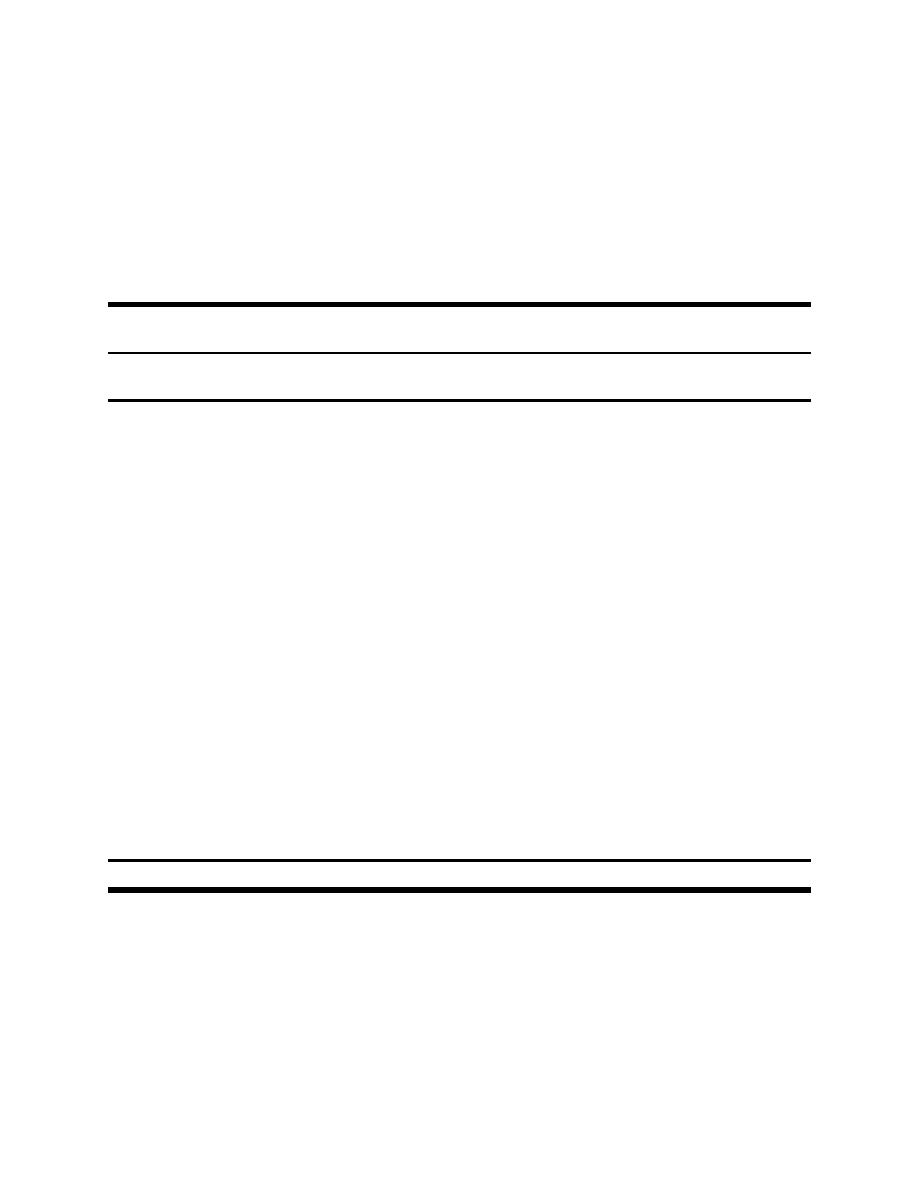
UFC 3-260-02
30 June 2001
54 kPa/mm (200 pci) to prevent excessive permanent deformation of the subgrade due to slab corner
deflections. A base course of sufficient thickness and quality should be used to achieve this modulus.
However, in no case should design be based on a k value greater than 135 kPa/mm (500 pci). A
stabilized base or lean concrete base may be used as a substitute for a granular base course on a 1:1.5
thickness replacement ratio. However, the k value used for design remains the same as that determined
at the top of the granular base. The design k value is not increased due to the use of a stabilized or lean
concrete base. An unbonded stabilized or lean concrete base does not increase the effective k value
greatly due to slippage between the slab and base.
Table 12-2
Stress-Strength Ratios and Allowable Coverages
Stress-Strength1
Stress-Strength1 Ratio
Ratio
Allowable Coverages
Allowable Coverages
0.45
2,300,000
0.63
14,000
0.46
1,700,000
0.64
11,000
0.47
1,300,000
0.65
8,000
0.48
1,000,000
0.66
6,000
0.49
720,000
0.67
4,500
0.50
540,000
0.68
3,500
0.51
400,000
0.69
2,500
0.52
300,000
0.70
2,000
0.53
240,000
0.71
1,500
0.54
180,000
0.72
1,100
0.55
130,000
0.73
850
0.56
100,000
0.74
650
0.57
75,000
0.75
480
0.58
57,000
0.76
370
0.59
42,000
0.77
280
0.60
32,000
0.78
210
0.61
24,000
0.79
160
0.62
18,000
0.80
120
1
Interior or edge stress and design flexural strength.
(3) Type and design gear load of aircraft using facility. Pavement thickness design can be
determined for a single design aircraft or for a mix of aircraft traffic. Determine the design gear load for a
given aircraft by first selecting the design gross aircraft weight. This is normally the maximum gross
aircraft weight at departure. Then estimate the design gear load by assuming that 95 percent of the
gross weight is carried by the main gears. Design values are given in Chapter 4.
12-8



 Previous Page
Previous Page
